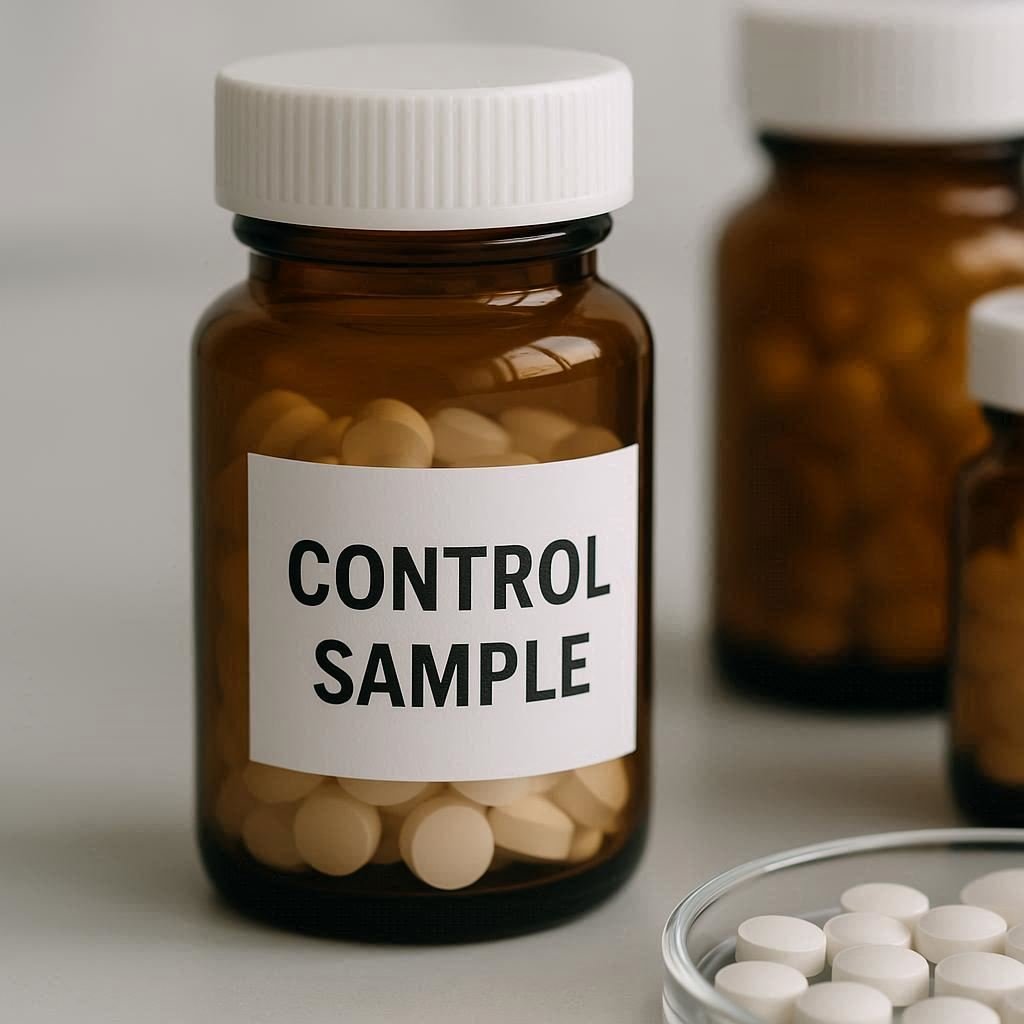Control Samples Or Retention Samples or Reference Samples are reference materials with known properties used to verify the accuracy and reliability of tests, serving as benchmarks to ensure consistent, acceptable results. These samples play a critical role in post-market surveillance, regulatory compliance, and the investigation of complaints. In this article, I will discuss the definition, […]
Control Samples Or Retention Samples or Reference Samples are reference materials with known properties used to verify the accuracy and reliability of tests, serving as benchmarks to ensure consistent, acceptable results.
These samples play a critical role in post-market surveillance, regulatory compliance, and the investigation of complaints. In this article, I will discuss the definition, types, and management guidelines of control samples in the pharmaceutical sector.

Control Samples or Retention Samples or Reference Samples are representative samples of a finished product, intermediate, or active pharmaceutical ingredient (API) that are retained after a batch is released for distribution. These samples are stored under appropriate conditions for a defined period and serve as a reference for future investigations, quality testing, or regulatory audits.
They allow manufacturers to:
You May Like
Control samples can be classified based on the stage of production they are collected from:
These are samples of the final product in its marketed packaging. They represent the batch as it was released to the market.
Purpose:
These are taken during various stages of production, such as during granulation, drying, or compression (in tablet manufacturing).
Purpose:
These are representative samples of the active ingredients used in manufacturing the drug product.
Purpose:
Sometimes, critical packaging components (like printed cartons or labels) are also retained.
Purpose:
Proper management of control samples is crucial to meet regulatory requirements (e.g., FDA, EMA, WHO, or GMP standards). Here are the key practices:
Different regulatory bodies have their own requirements regarding control samples:
Manufacturers must ensure compliance with local and international regulations, especially when producing for global markets.
Control samples are much more than just backups—they are a core part of pharmaceutical quality systems. By maintaining them properly, manufacturers protect themselves against potential risks while ensuring that patients receive safe and effective medicines.
As regulations continue to evolve, the importance of a robust control sample management system cannot be overstated.
Control samples are reference materials with known properties used to verify the accuracy and reliability of tests, serving as benchmarks to ensure consistent, acceptable results
May be finished product, intermediate, or active pharmaceutical ingredient (API)
A control sample is used to verify the accuracy, consistency, and reliability of test results by serving as a benchmark for comparison.
Further Reading
Quick Links